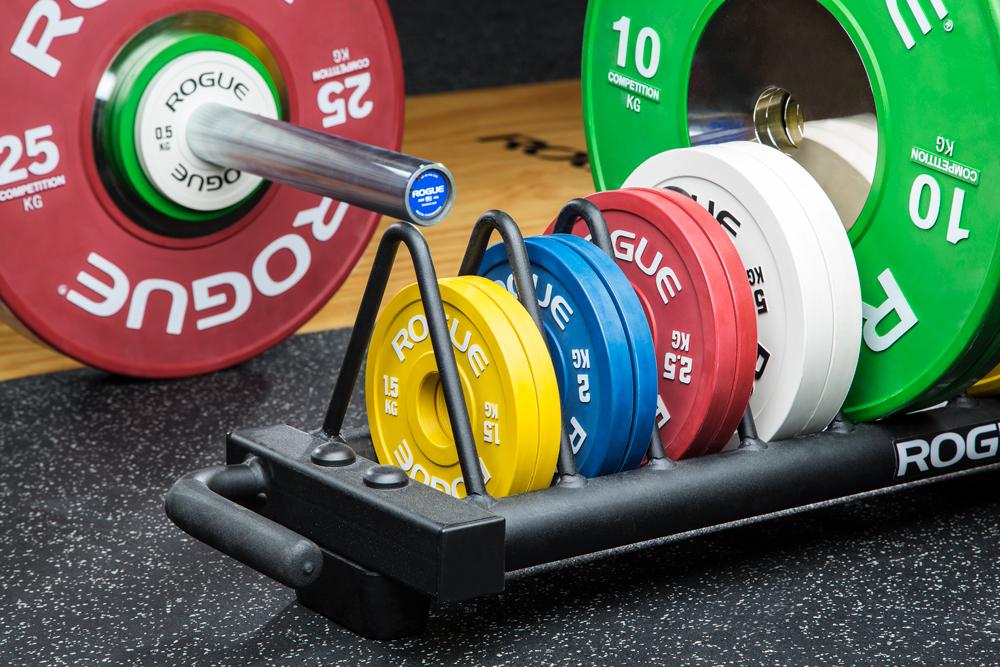What equipment is needed for home gym
This is an overview of example designs and ideas for building your own home gym. Each one is unique and special. This article was originally posted under "the ultimate guide to building a home gym".
Example designs
Attached you will find two example designs which you can use as a blueprint. I have also done many variations on those. Start with the floor space you have available and design your gym into it, as the available space most likely will not change. The few exceptions are new builds in the garden. Here I would also start with the available shed / room options and work from there.
Related Articles
- Which belt to buy from Rogue
- Which barbell to buy from rogue
- Which rack to buy from Rogue over $1000
- Which rack to buy from Rogue for under $1000
- Which plates to buy from Rogue
- Which strength equipment to buy from Rogue
- Which conditioning equipment to buy from Rogue
- Which Equipment package to buy from Rogue
- Which accessory to get from Rogue
- Which jump rope to get from Rogue
- Which bench to get from rogue
- Which dumbbell to get from Rogue

What equipment is needed for home gym
This depends highly on the exercise selection for your personal needs. If you do not want to lift heavy weights, there is no need for plates and a barbell. If you want to run indoors, you might want to invest in a treadmill. All of these in combination will lead to a list of equipment you might want in your gym. Here is some inspiration for what to get and what to consider.
Dumbbell
Dumbbells are great for accessory work on a powerlifting program or main work for bodybuilding and conditioning. You can move them in many directions and also decide to do only one leg, one arm or combinations of these. In this sense, they are less restricted than a barbell and also do not need a rack. If you want a lot of different weight increments dumbbells can turn into a storage problem as most of them have a fixed weight. You can remedy this by getting a loadable dumbbell.
Barbell
A barbell is a great tool to move big weights relatively safe. You will also need a rack if you want to get the full benefit of a barbell and stay safe. Barbells are great for lifting heavy as they make use of your entire frame and give the weight you are moving stability. If you want a lot of different weight options it is easier and space-saving with a barbell as they are modular. Barbells come in various different shapes and sizes. The most obvious difference is between ordinary and Olympic barbells. Olympic barbells are usually made of more expensive steel with more whip and have bearing attaching the sleeves to the shaft. This makes it easier to use the momentum of the bar in Olympic lifts and deal with the change of direction during the Olympic lift from where the force is applied.
Rack
A rack is highly recommended if you want to barbell squat and bench press by yourself at home safely. A rack will provide safety functions so that you will not be buried under the weight. In addition, the rack can be used as the central storage space for all of your weights and equipment. A pull-up bar will do the trick for a nice home gym ready to go for all needs.
Bench
A bench is a good addition to a home gym to do various exercises and stretches. The lower range models will be flat and relatively light. The higher-priced models will be heavier and can be tilted. You can spend anywhere between 100 to 700 on a proper bench for your home gym. Together with a rack and a barbell, this is probably one of the items to look at for your initial setup.
Weights
Weight plates are another factor to consider. Plates come as bumpers, steel and Olympic discs that can be fitted on a barbell. Bumper plates are usually the cheapest which can also withstand weather and hard floors the best. The downsides of bumper plates are that they are the most likely plates to be inaccurate and fit the least amount of weight on a barbell due to their bigger thickness to achieve the same weight.
Steel plates are usually the cheapest and get you the most weight for your buck. With steel, you can fit the most weight on a given barbell as they are thinner and therefore take up less space on a sleeve. While steel plates are cheaper they have a higher injury risk and can not be dropped from overhead. If you are planning on Olympic lifts, steel plates are not the right option. The accuracy is usually better than with bumper plates as the material is more costly to the producer and gets therefore monitored more closely.
Olympic plates are the most sophisticated and expensive. They are usually a combination of rubber and aluminum and/or steel. This makes production more complicated and therefore costly. The core of competition plates is usually metal or aluminum. This helps to center the weight and give it a better spin and dynamic during the lift. The outside of the competition plates is rubber so that it can be repeatedly dropped from overhead. Olympic competition plates also come in various colors to make it easier to determine which weight is on the bar. It also looks better than black rubber or steel in my opinion.
Jump rope
Jump ropes are for cardio training what the barbell row is for powerlifting and bodybuilding. Underrated and underused even though they are effective. Jump ropes range from 10 to 100. All of them will do the job while the higher priced ones will spin faster, have better handles and are heavier.


